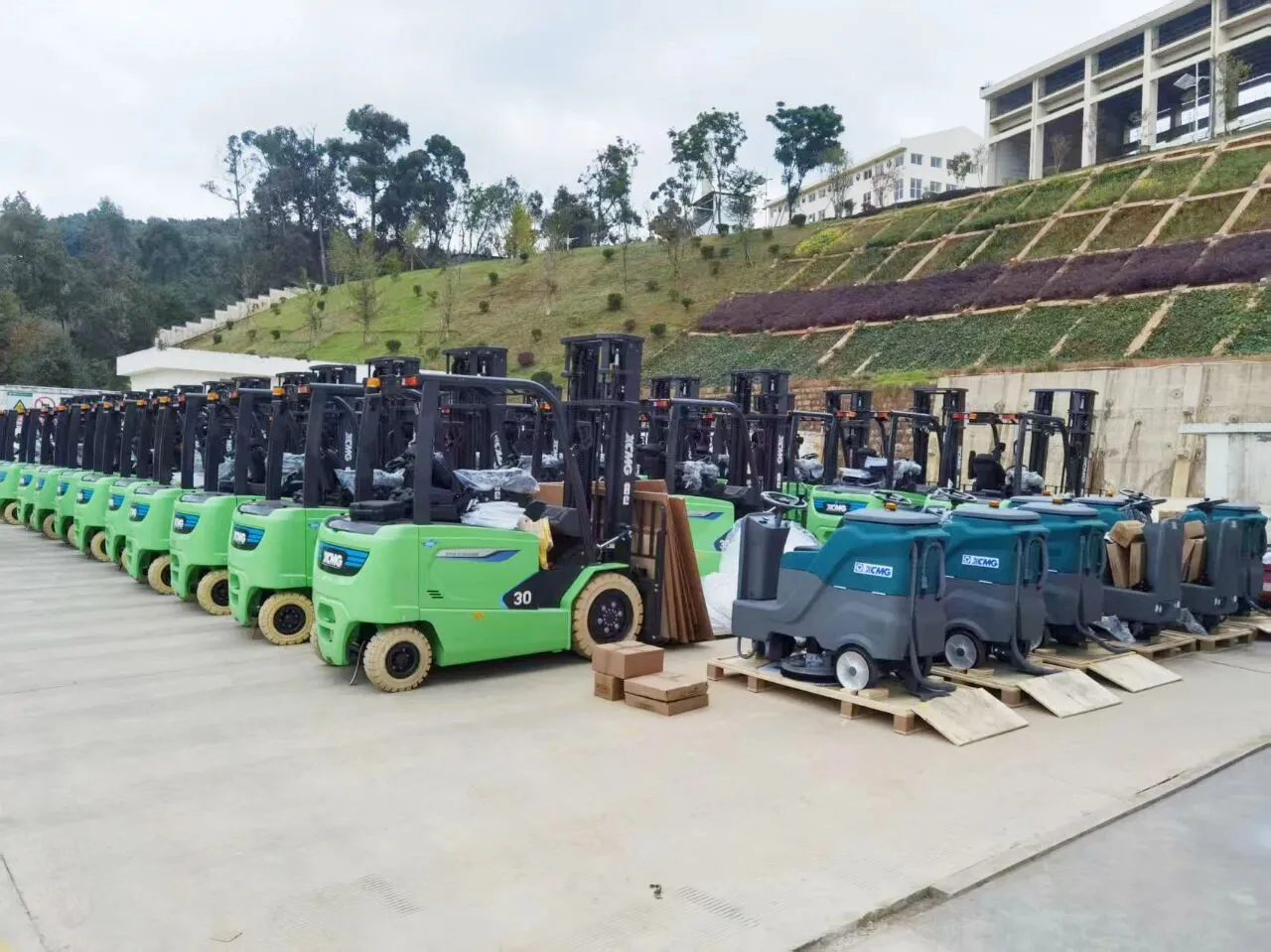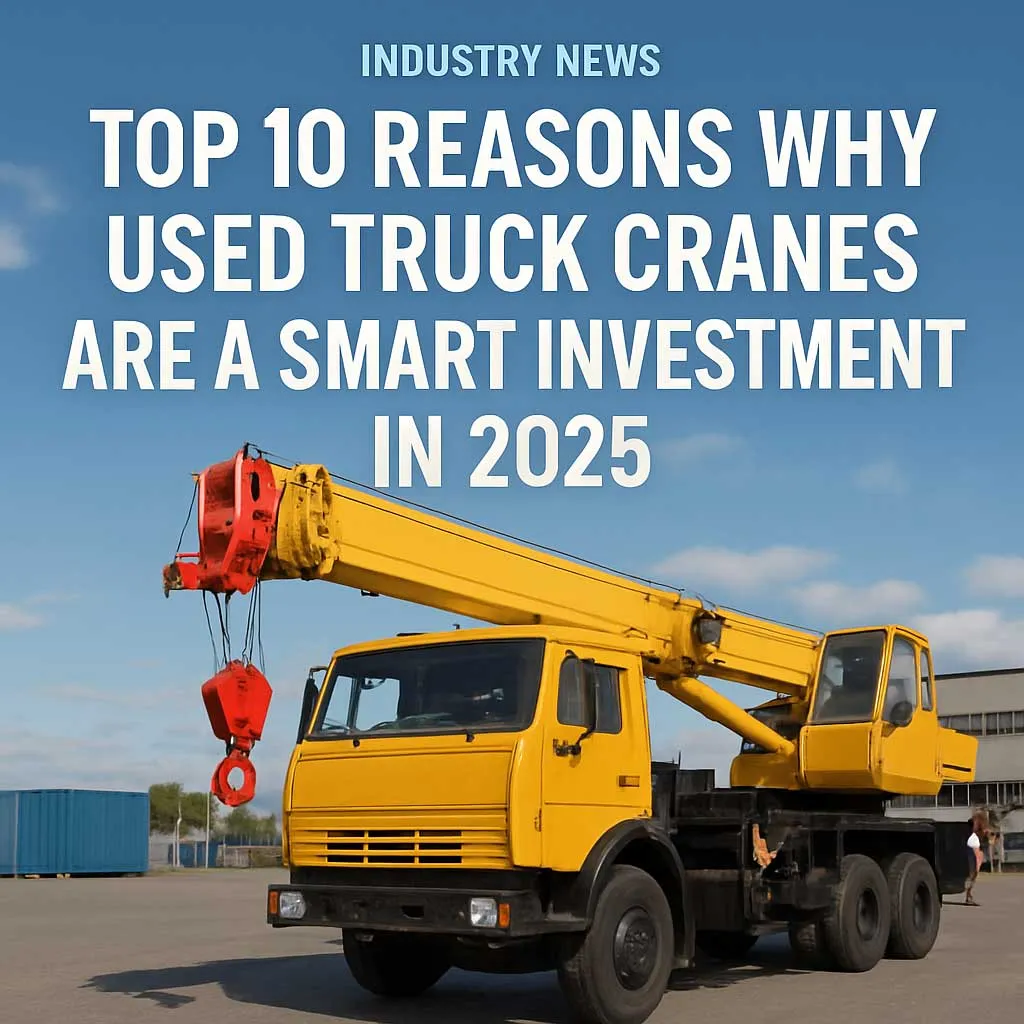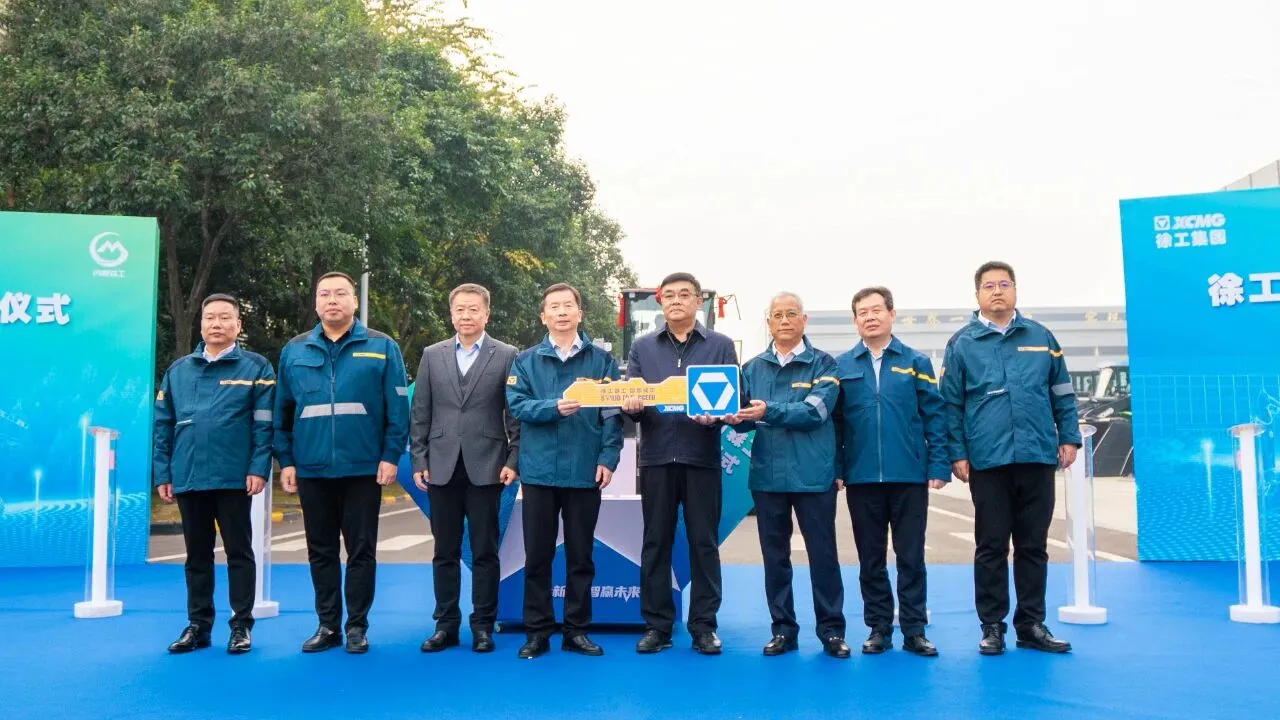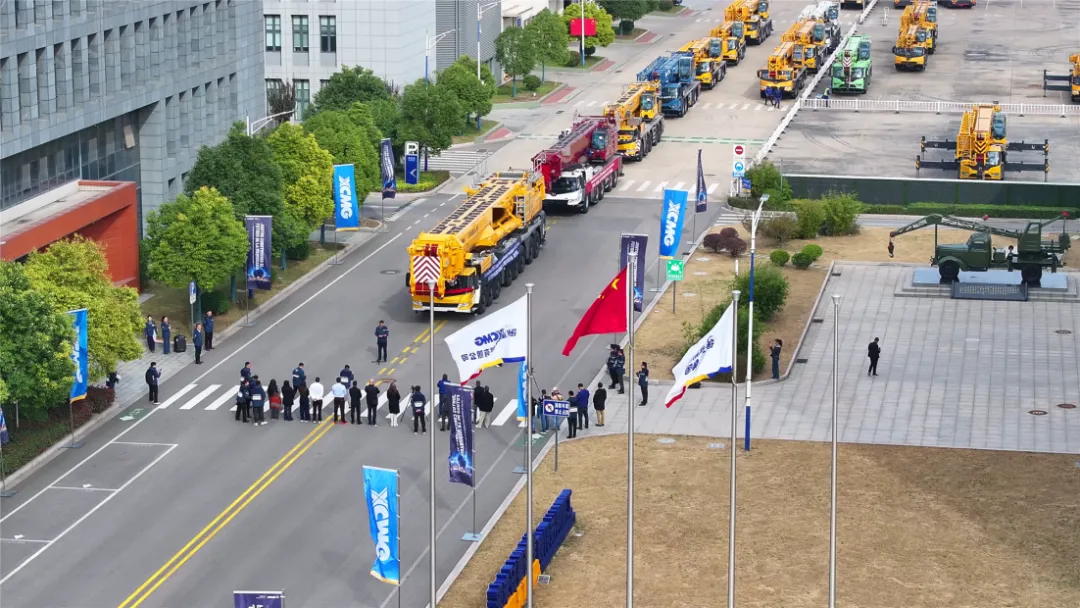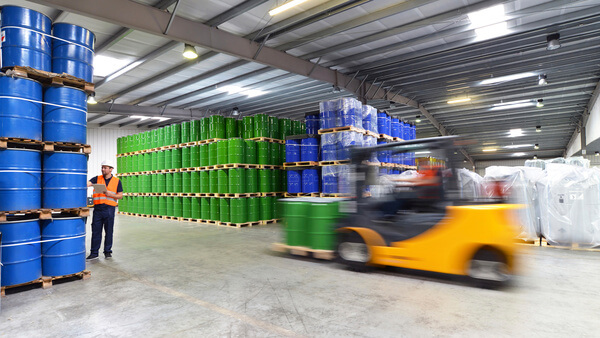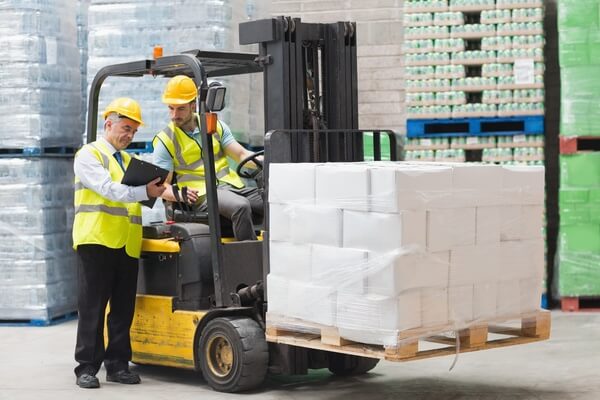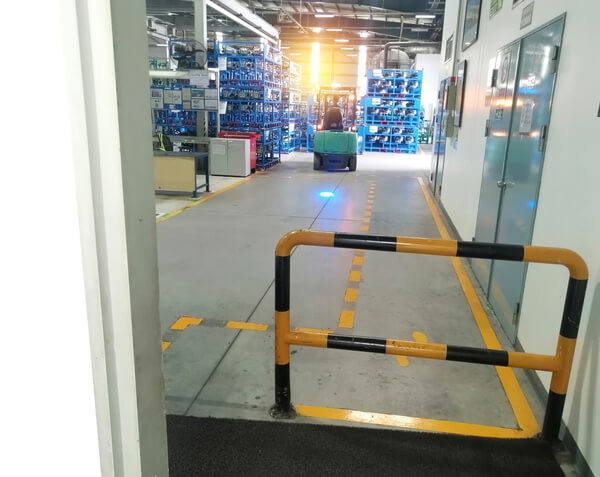Forklift Speed: Everything You Need to Know
Forklifts are heavy machines. This makes speed a great risk factor when operating them since a forklift that can’t stop in time can easily turn into a 10,000 lb. missile.
Let’s discuss some of the risks of speeding
forklifts below.
Compromised Steering
It’s easy to understeer when speeding on a
forklift, which can cause a loss of control.
This also comes with the risk of collisions
with people, equipment, infrastructure, products/materials, and walls.
In fact, OSHA says that forklift trucks
striking pedestrians is the number one cause of lift truck-related work
fatalities.
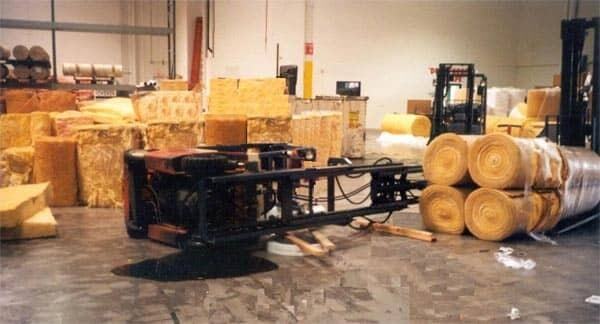
Risk of Tip-Overs
According to OSHA, forklift tip-overs
(overturning) are the second leading cause of fatal accidents in warehouses and
factories.
And many tip-overs result from high speed,
which can cause instability, especially when rounding corners.
This is why operators are advised to reduce
speed around corners as well as turn the steering wheel in a smooth, sweeping
motion to prevent excessive sway.
HOW LONG DOES IT TAKE TO STOP A FORKLIFT
AT FULL SPEED?
At 9 mph (which is about the average
forklift top speed), it can take over 51 feet to bring a forklift to a full
stop.
It takes about 7 feet of travel between the
time a forklift operator recognizes the need to stop and applies the brakes
(assuming the operator is entirely conscious of their surroundings).
It takes an additional 10 feet to stop the
truck once the brakes are applied.
Other guidelines for forklift stopping
distance at certain speeds are:
At 4 mph, the forklift needs 17+ feet for a
full stop
At 8 mph, it needs 42 feet for a full stop
Because it can take a considerable distance
to fully stop a forklift, it’s essential to maintain 20+ feet from pedestrians,
trucks, and objects to avoid impacts.
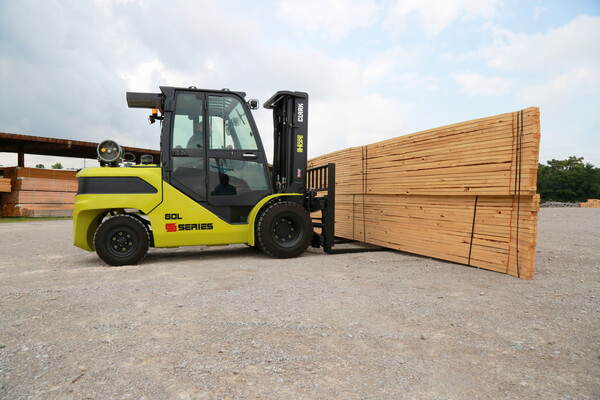
HOW TO DETERMINE A SAFE FORKLIFT SPEED
LIMIT
Setting a safe forklift speed limit
involves balancing the need for workplace safety with the ability to achieve
production goals.
If the speed is set too high, safety can be
compromised.
But if it’s set too low, productivity will
suffer.
Overall, it involves some trial-and-error
to balance the two.
Consider Your General Work Environment
No two business operations are exactly the
same.
That makes it necessary to consider any
characteristics unique to your operation which may negatively impact safety
with respect to the maximum speed your lift trucks can travel.
For example, what is the terrain type? Is
the ground rough and uneven? Or are you operating on smooth floors?
Forklift speed limits in rough, uneven
terrain like a construction site are different from a smooth or level surface
like inside a warehouse.
This is because lift trucks are more
susceptible to tip-overs or sliding on uneven terrain than on level ground.
Also, consider what’s on your floors.
Dust, oily surfaces, humidity, or moisture
accumulation on the floor increase braking distance, which limits forklift
maximum speed.
Another factor is inclines and declines,
such as ramps and loading docks.
On these terrain types, you'll need to keep
the truck’s speed lower - especially when going down slopes where speed
invariably increases.
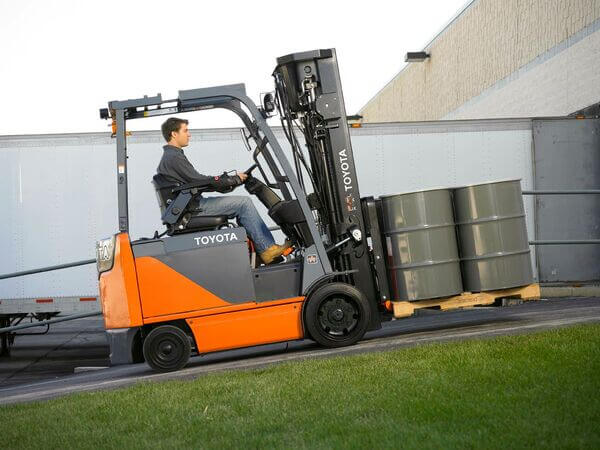
Consider Operator Visibility
Speed should not impact an operator’s
vision.
Thus, slow speeds are recommended in areas
where operators have blind spots, such as when crisscrossing aisles and backing
up.
In these cases, it's recommended to slow
down and sound the horn when navigating aisle intersections, corners, and other
sight-limiting obstacles
Consider Your Forklift and Tire Types
Not all forklifts are built the same.
Some are heavier to handle weightier loads
while others are light for light-duty tasks.
But it's important to remember that the
greater the weight, the more cautious operators need to be with their speed.
Because greater weight makes it harder to
stop in time for pedestrians, infrastructure, and equipment.
On a related note, you should also consider
the lift truck tire type - specifically if it has cushion or pneumatic tires.
This is because cushion tires generally
don't provide as much traction as pneumatics, especially on wet or cold
surfaces, such as in cold storage warehouses.
Consider Pedestrian Traffic
As we've noted, forklift accidents
involving pedestrians are one of the top causes of injuries in the workplace.
So when setting a safe forklift maximum
speed, it's critical to consider the number and proximity of pedestrians to
your lift trucks.
In general, it's a good idea to impose
speed limits in parts of the facility where there is more pedestrian traffic or
obstacles to avoid.
Furthermore, separating the area between
pedestrian traffic and forklift traffic can help reduce accidents.
And finally, operators should never drive
up to a pedestrian in front of a fixed object or wall.
That can cause them to become pinned and
cause great injury or worse.
